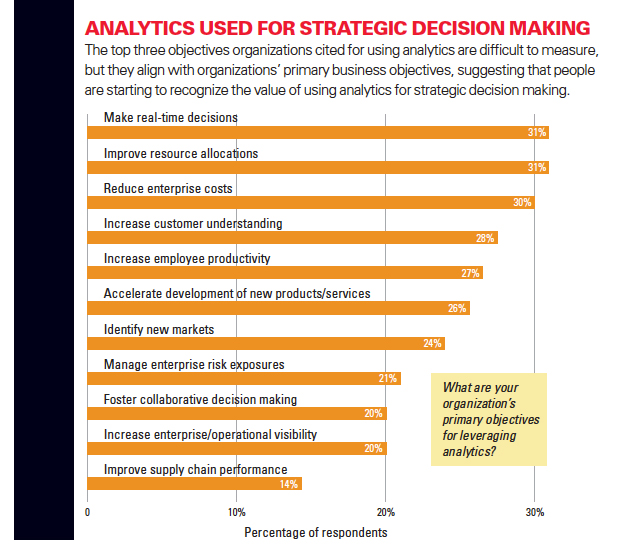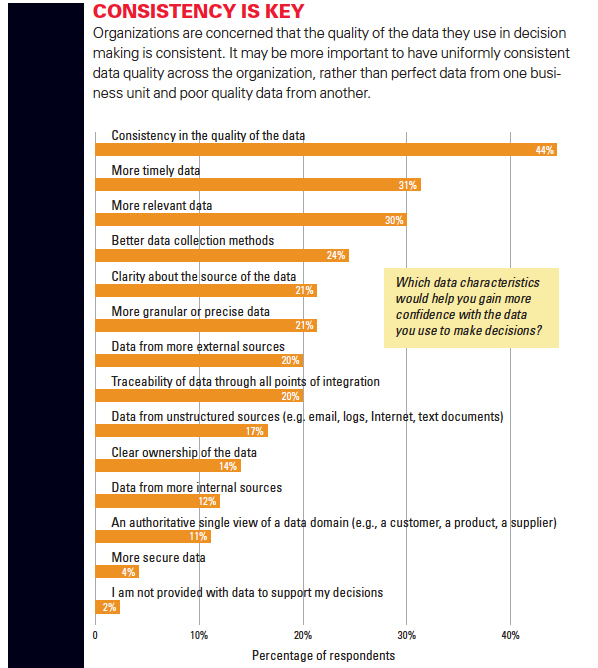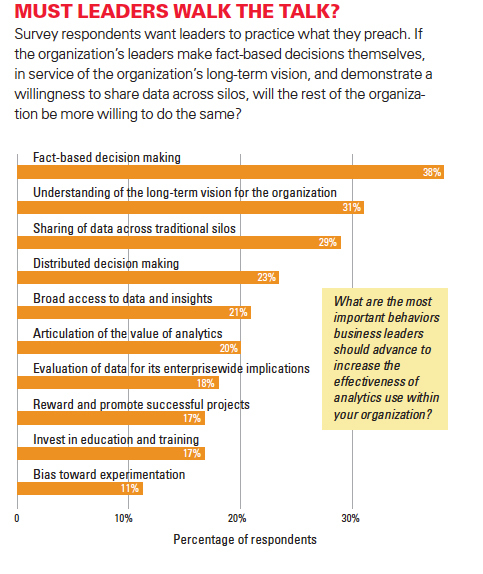The widely held belief is that regulation and government protection does not actually drive innovation. Clayton Christensen in China’s Growth Will Force an Innovation Competition with the West points out that India’s regulations for 30 years actually produced no benefits for the society. Here is another viewpoint and a lot of interesting data from Knowledge@Wharton (Wind Power in China: Lots of Turbines, Little Bluster?):
China has more than 80 wind turbine manufacturers, four of which are among the top 10 globally by market share. By the end of last year, it had 45 gigawatts (GW) of installed wind power, up 73% from 26 GW in 2009, compared with 40 GW in the U.S., according to the Brussels-based Global Wind Energy Council. And China’s government intends to raise total wind power capacity even further, to 100 GW by 2015 and 200 GW by 2020. Louis Schwartz, a U.S. lawyer and specialist in Chinese energy, says China’s officials have spoken off the record of targets that are even higher, reaching 150 GW by 2015 and 250 GW by 2020.“
The fact is that the foreigners have been pretty much shutout of the Chinese markets (Vesta has a meager 4.6% market share in China).
Before China’s wind energy market really took off around five years ago, there were roughly 10 foreign and local wind turbine manufacturers in China, according to Jens Tommerup, president of the China arm of Denmark’s Vestas, Danish firm with US$9.8 billion (RMB 63.4 billion) of annual revenue, which commands a world market share of nearly 15%.”At that point, non-Chinese manufacturers had the majority of the market,” he says. But last year, while the number of non-Chinese manufacturers remained largely the same, the number of Chinese manufacturers increased to more than 70. The foreign share of China’s wind business plummeted to 10.5% from 75% in 2005. Amid the state of flux, top foreign turbine makers are by no means suffering, even if their overall market share has declined.
The Chinese, on the other hand, have no foreign presence – probably because they are not mature and cannot compete technologically
Yet China’s turbine makers have a meager presence in world markets and nearly all their growth has been at home. In 2010, only one Chinese company among the country’s top four, Goldwind, exported wind turbines — 4.5 megawatts (MW) to Cuba, which accounted for 0.12% of Goldwind’s total new installations of 3,739.5 MW last year.
Dependence on domestic and often immature technology has caused problems:
The issue hit home after a massive disruption in February at the Jiuquan wind farm in Gansu province in northwest China. Regulators at SERC said it was the most severe accident for wind power grids in recent years. Reporters at the financial newspaper China Business News learned that most of Jiuquan farm’s wind power units did not have what’s known in the industry as “low voltage ride-through capability.” Such technology gives a power grid time to adjust itself in the event of temporary faults and maintain uninterrupted grid connection.
However, the fact is that now that the Chinese firms have had time to mature, they are going to start competing in the global market place.
Goldwind is targeting markets in the U.S., Europe, Australia and Africa and expects its overseas business to account for between 20% and 30% of sales within five years.
May be that is too ambitious:
That’s a tall order. It currently only has 9.5% of the global market share. Along with China’s Sinovel at 11.1% and Dongfang at 6.7%, other leaders included GE Wind of the U.S. at 9.6%; Enercon of Germany at 7.2%; and Suzlon of India at 6.9%, according to a report titled, “International Wind Energy Development Market 2010,” by Denmark-based BTM Consult.
But the fact is that none of this would have been remotely possible if China did not regulate the market to allow its own industry to become strong. May be there is a place for regulation – as long as the protection is for a short time, targeted and with significant competition. We know that rivalry and scarcity are drivers of innovation – so as long as money is not given out freely, it might encourage innovation and give national companies a chance to become strong. Countries could consider outsourcing innovation when necessary, not just buy the whole system from a foreign provider. May be the reason why Indian regulation did not work was because they did not have a large number of companies competing for contracts. In fact, they probably regulated the number of companies…






